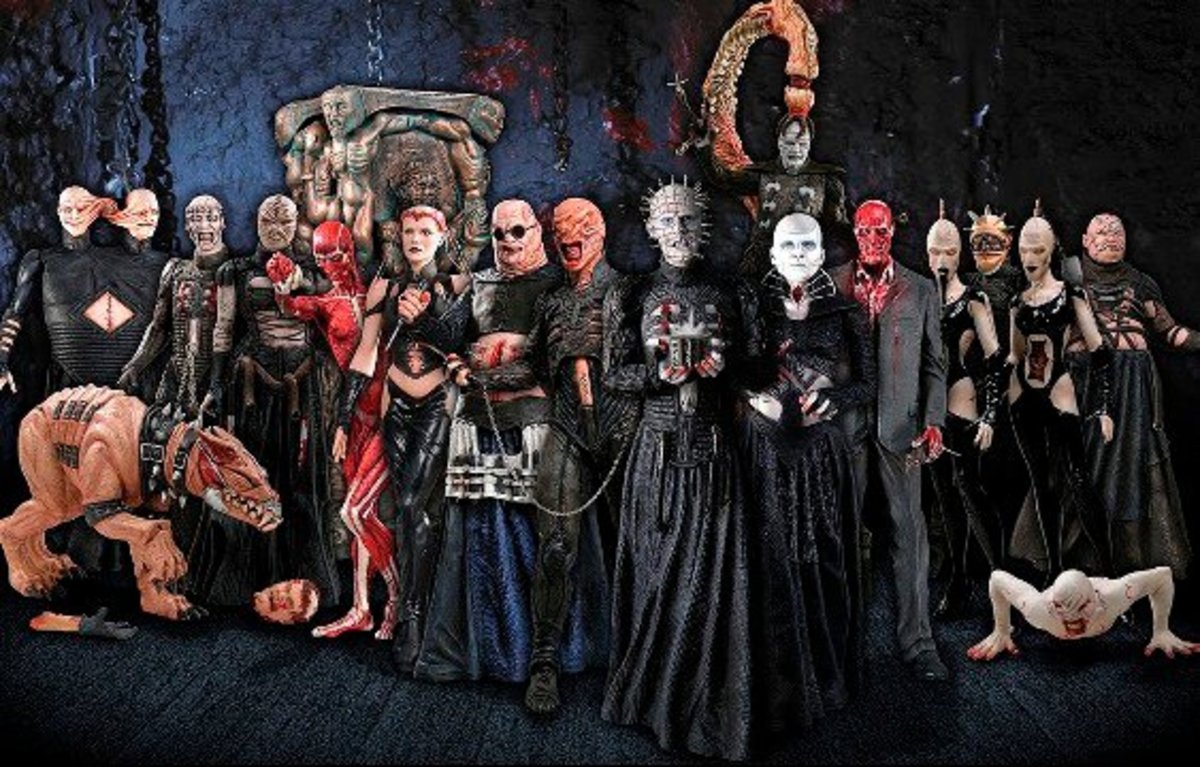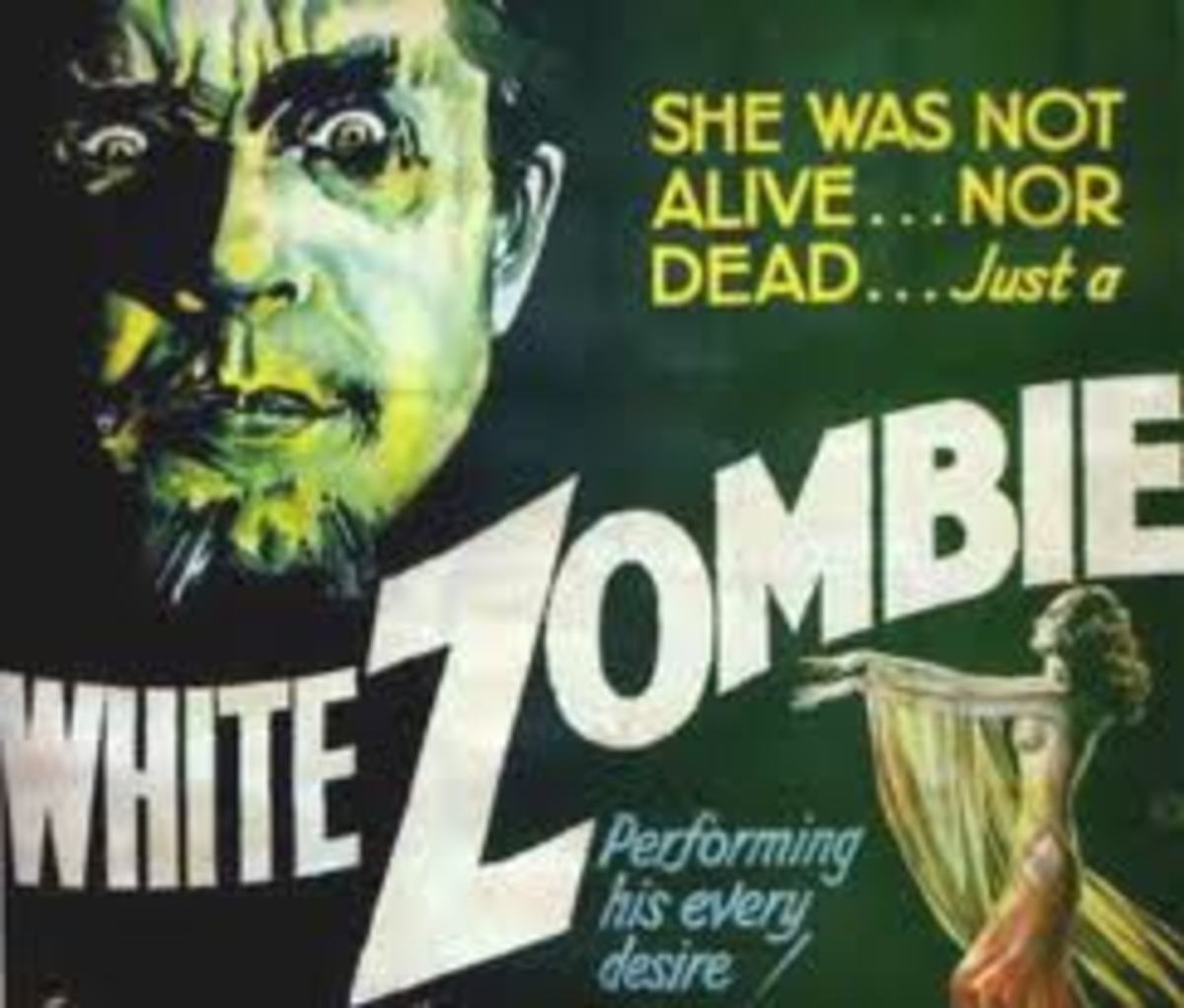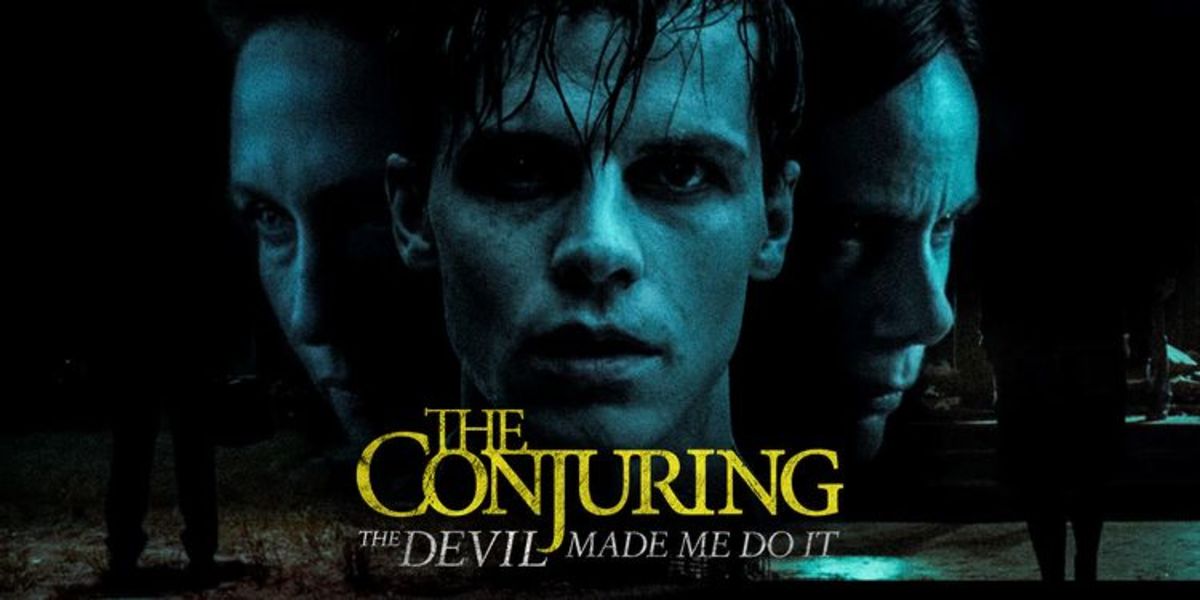Side-By-Side: Let the Right One In/Let Me In
Remakes happen all the time, with varying results. Often, critics and audiences alike are able to come to a consensus as to which version is better. Not this time. There is serious debate going on online as to which adaptation of John Lindqvist’s novel is better. Predictably, most of the critics are siding with the original version - the Swedish film Let the Right One In.
Let The Right One In - IMDB 8.1 / RTA 90 /RTC 98
Let Me In - IMDB 7.3 / RTA 74 / RTC 90
Let Me In was such a good film that it got grudgingly positive reception. Most of the reviews I read said that the film was good, but the critics undercut whatever praise they gave Let Me In, saying “there was no reason for it to exist.” Audiences seem split on the subject. With the number of similarities and differences between the films, this isn’t that surprising.
My purpose with this article is to analyze the two films side-by-side and add my views to this ongoing debate. Those of you who haven’t seen the two films should be aware there will be SPOILERS scattered throughout this article. Those of you who haven’t seen both these films should seek them out – I can tell you right now, both Let the Right One In (LtROI) and Let Me In (LMI) are excellent films, well worth your time.
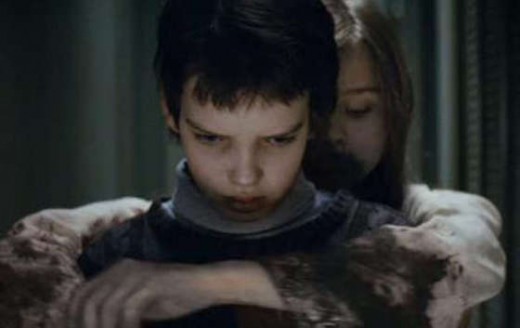
The Genre
Vampire fiction is a genre that allows for diverse types of stories, tones, motifs, themes, and storytelling techniques. I’ve always maintained that good vampire fiction hinges on three main characteristics:
- Atmosphere is paramount. One of the main hooks of the vampire genre is its escapist, and at times cathartic, nature. If the atmosphere is off, then the escapist element of the genre is compromised, and the story loses a lot of its emotional clout. Atmosphere can encompass everything from the sets, and lighting to the music in the score.
- The prevailing attitudes are also important. Classically speaking, turning into a vampire was never meant to be a good thing. I’ve seen many vampire stories that paint the transformation in a positive light, and lose a lot of dramatic and thematic weight as a result. The vampire is always a tragic creature.
- The best vampire stories are never about vampires. This may be the most critically important characteristic on this list. The vampires are always a metaphor or a backdrop for making a point, most often about the human condition.
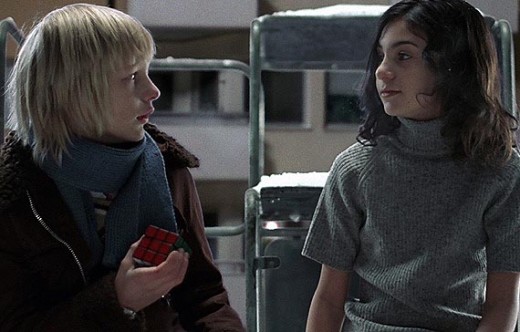
Both Let the Right One In and Let Me In nail the tragedy inherent in the vampire genre, and are very rich pieces of work thematically. Where the two films differ is in atmosphere. The execution of LtROI was much more artistic than LMI. Let the Right One In had a certain coldness to its look, and a certain emotional distance as a result of the way the story was presented on the screen – and some off-putting characterization. The difference in atmosphere sets Let the Right One In apart from the rest of the vampire genre – making it a more original film. I consider Let the Right One In an art film before it’s a genre film.
In contrast, Let Me In has a very in your face, visceral feel to it. Its atmosphere is fantastically gothic, much more typical of a vampire film. In this case the atmosphere being typical is somewhat advantageous – Let Me In is a more accessible film.
My position on this matter is relatively simple. I like vampire movies, and Let Me In worked better as a genre film than Let the Right One In. LMI was a more visceral film than LtROI. Let the Right One In is the more intellectual of the two films, and this is reflected in its astonishing 98 percent critics rating on Rotten Tomatoes.
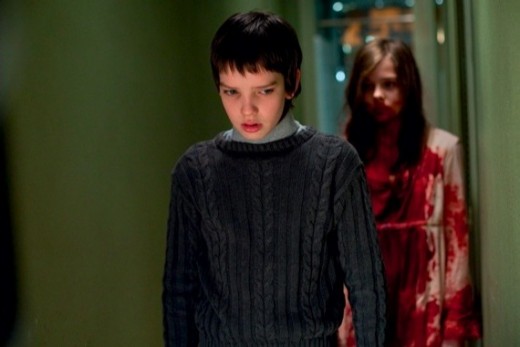
The Performances/Characterization
Make no mistake, these are performance pieces, and both films were going to sink or swim based on the strength of the performances. Doing a performance piece with child actors is a very risky endeavor. Performance-wise there’s little to critique in either film. Where the films differ is in their characterization.
Oskar/Owen – The main character of both films was a twelve year old boy, whose parents were divorced and was bullied at school. The similarities pretty much stop there. While both characters seem to fantasize about the idea of killing the bullies who make their lives miserable when they think no one is looking, Oskar seems much more fascinated by the idea of killing than Owen. Oskar actually keeps scrap books of newspaper clippings, all murders. And in general he seems a somewhat cold character, who enjoys inflicting pain.
For example: In one scene, Oskar/Owen fights back against the bullies and hurts one of them. Soon after that, he conveys the story to Eli/Abby. The lines and delivery differ at this point, whereas Owen seems overjoyed by the fact that he stood up for himself, Oskar seems more pleased with the idea that he did some damage.
Oskar struck me as more of a misanthrope as opposed to just being an outcast, like Owen. Watching Let the Right One In, I remember thinking that this kid might just shoot up his school in five years time – it was more than a little disturbing. Unlike Owen, Oskar seemed to have a relatively amicable and healthy relationship with his mother, and a working, if complicated relationship with his father (there were definite complications there, because his father was homosexual). Owen’s mother was clearly a bible-thumping alcoholic, and his father was absent.
At the end of the day, that seemed to be the big difference between Oskar and Owen. Owen was a product of his circumstances, and Oskar seems to have been born the way he is. That’s why I identified with Owen more than Oskar.

Eli/Abby - The differences between the Eli and Abby characters were a little more subtle, and have more to do with direction than performance or writing. They took a more classical tact with the Abby character, she’s much more subdued and morose. Eli is by all outward appearances a normal 12 year old girl with a serious appetite for blood. The Abby character is more recognizable as a vampire, and Eli was a bit more subtle about it. For the record, I thought Chloe Moretz’s performance was the scarier of the two – Moretz really runs with the feral side of the character.
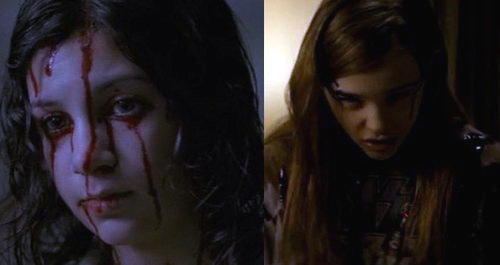
The Plot
There are three major plot-points that differ between the two films.
- The first involves the storyline with the police officer, which was added to Let Me In. I think his presence added a certain grounding element to the story. Obviously, if people are dying left right and center, there would be an investigation. I also didn’t buy it in Let the Right One In when Eli attacked the woman and the police didn’t get involved.
- The second is the plot-line with the woman that turns into a vampire. I thought it was interesting in Let the Right One In, that she became conscious of what she was and deliberately exposed herself to sunlight. In Let Me In it played out a bit differently, because she landed in the hospital right after the attack. The LMI sequence was more visceral, the LtROI sequence was more cerebral. As to which one was better, I’m on the fence about this particular point.
- The third involves Abby/Eli’s gender. This is, perhaps, the most controversial difference between the two films. Abby is actually a girl, and Eli was a castrated boy. I see Let Me In as the more emotional of the two films. Making Abby a girl changed the entire feel of the dynamic between the Abby and Owen characters, it added a level of innocence that was absent from Let the Right One In. The other thing this change does is make the story more palatable for mainstream audiences. Whether that’s a positive or a negative depends on the viewer. In this particular case, LMI is hard enough to watch as it is – considering the bullying sequences and the ambiguous ending – no need to make it harder.

The Themes
There is a lot going on in both of these films, but I think there are some interesting differences in the thematic focus.
- I think an argument could be made that special attention went into the bullying sequences in the American version just because bullying has been such a hot topic of discussion in the US lately. Whatever the reason, I found those sequences nothing short of horrifying, and Let the Right One In made less of an impact in that particular area. Let the Right One In was less realistic. In reality, bullies are much more menacing. They use fear as their primary weapon, invading personal space, making threats, etc . It is all about showing power and dominance over their targets. This is something that is demonstrated in LMI, but not demonstrated in LtROI. Let Me In stands as one of the most unsentimental depictions of adolescence I’ve ever seen. The horrific bullying sequences are a critical part of that.
- According to critics, Let the Right One In was much closer to the book than Let Me In. Oskar’s fascination with killing was a big part of his character’s arc – and I think it’s important to note that at one point he throws his knife away, a symbolic rejection of killing, if not violence in general. Owen’s arc is a bit more ambiguous than that, but there is a moment when he could have tried to stab one of the bullies and chooses not to. This suggests that the fantasies that Owen has earlier in the film are just manifestations of his anger and frustration. He never seriously wanted anyone dead.
- Let Me In takes something of a different tack that makes the story more tragic than it is in LtROI. Oskar’s relationship to his parents in LtROI In might have been somewhat strained, but Owen’s relationships to his parents were broken. Owen’s mother spends most of the film passed out drunk, and Owen’s father never appears onscreen. Add to that the bullying – much more visceral and horrifying in LMI – and the vampires, and you have three forms of evil in the story. Which one is the worst? That’s for us to puzzle over.

The Bottom Line
I think very highly of both of these films. I think that the outside-the-box direction that Let the Right One In took ought to be applauded. I have to admit though; I connected more with Let Me In. I have a tendency to gravitate more towards visceral films than films that are purely artistic. I identified much more with the characters in Let Me In than Let the Right One In. While Let the Right One In should be admired for its originality and subtlety, Let Me In is subtle in some places and operatic in other places. That’s how the best genre fiction works. That’s why I loved that movie.
Let the Right One In – 8/10
Let Me In – 9/10
- Matt

